Chronic pain can have a significant influence on your level of life. Successful pain treatment requires understanding the Pain Medication List Strongest to Weakest. This thorough guide gives you clarity and guidance when choosing the proper medication for your pain management needs.
Comprehending the Different Types of Painkillers
It’s important to realize that painkillers are categorized according to their strength and mode of action before delving into the list. These consist of adjuvant drugs, non-opioid painkillers, and opioids.
Pain Medication List Strongest to Weakest
1. Opioids, or drugs
Strongest: Oxycodone, Morphine, and Fentanyl
Moderate: Codeine, Hydrocodone
Use: For excruciating pain, usually following surgery or suffering associated with cancer.
Warning: Serious adverse effects and addiction danger.
2. NSAIDs, or nonsteroidal anti-inflammatory drugs
Typical Choices: Diclofenac, Naproxen, and Ibuprofen
Purpose: Used for mild discomfort, swelling, and temperature.
Benefit: Less likely to become addicted than opioids.
3. Paracetamol Widely Used: Often mixed with other medicines.
Goal: Resolves fever and mild to moderate discomfort effectively.
Be careful—overdosing may harm the liver.
Selecting the Appropriate Painkillers
Evaluating the Intensity of Pain
With a medical professional, determine the kind and intensity of your pain. This will direct the prescription selection.
Taking Risks and Side Effects into Account
Every painkiller has a unique set of hazards and adverse effects. Talking about this with your healthcare physician is vital.
Recognizing Acute vs. Chronic Pain
Compared to acute pain, chronic pain frequently calls for a different strategy, occasionally incorporating a mix of drugs.
Extra Things to Think About
Modifications to Lifestyle
Changes in lifestyle, such as consistent exercise, a balanced diet, and stress reduction, can help relieve pain in addition to medicine.
Alternative Medicines
Acupressure, counseling, and massage are all practical adjunctive pain management techniques.
Frequent Evaluation and Surveillance
Consult your healthcare physician regularly to assess your pain management plan, mainly if you are using opioids.
Conclusion
It’s essential to recognize the benefits and drawbacks of various drugs to manage pain effectively. This guide will help you make well-informed decisions about your pain control journey by providing a Pain Medication List Strongest to Weakest, which may serve as your initial step towards recovery to discuss with your medical advisor.






